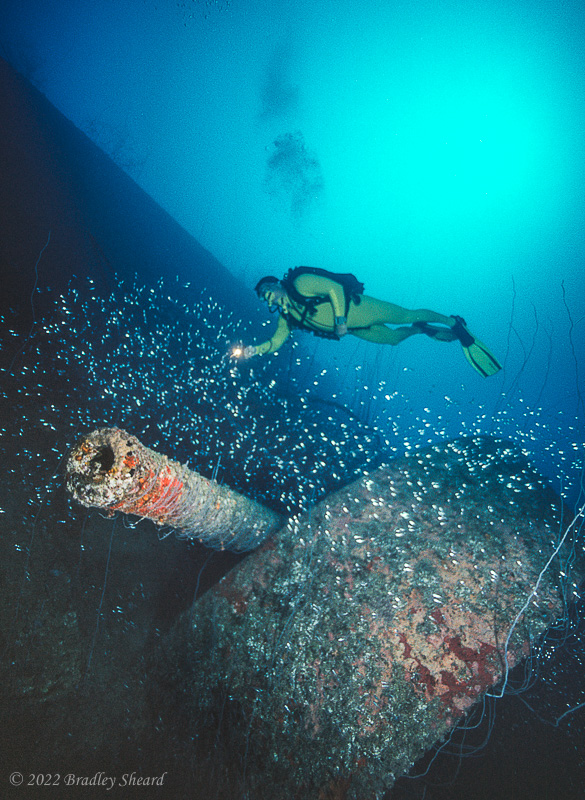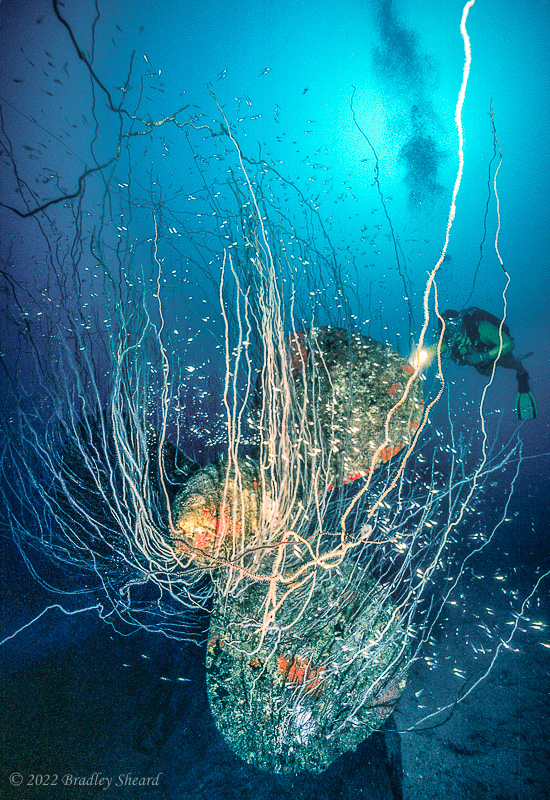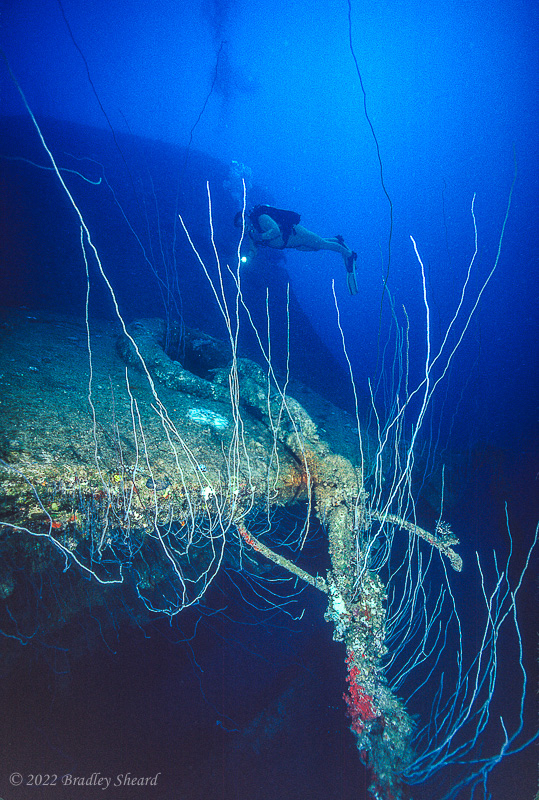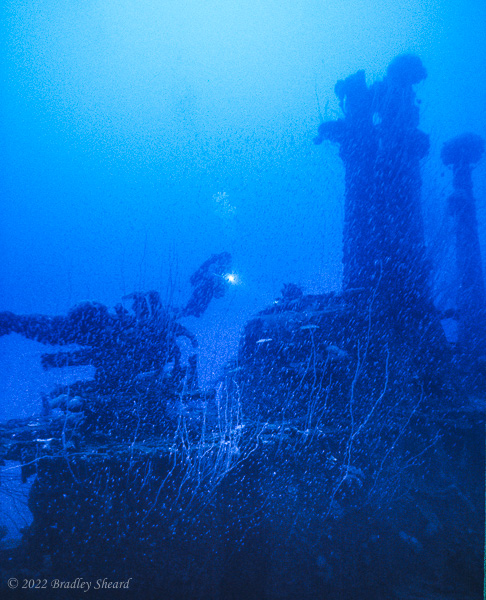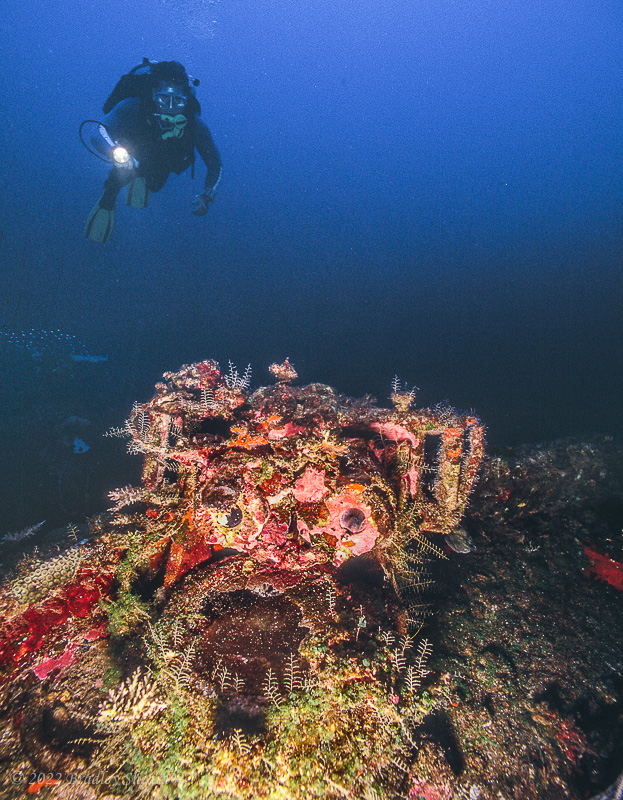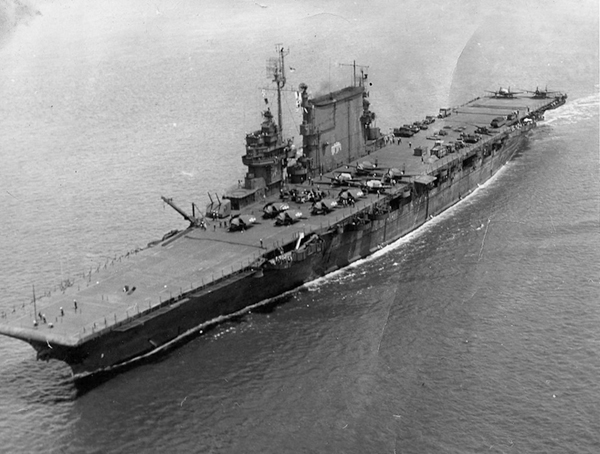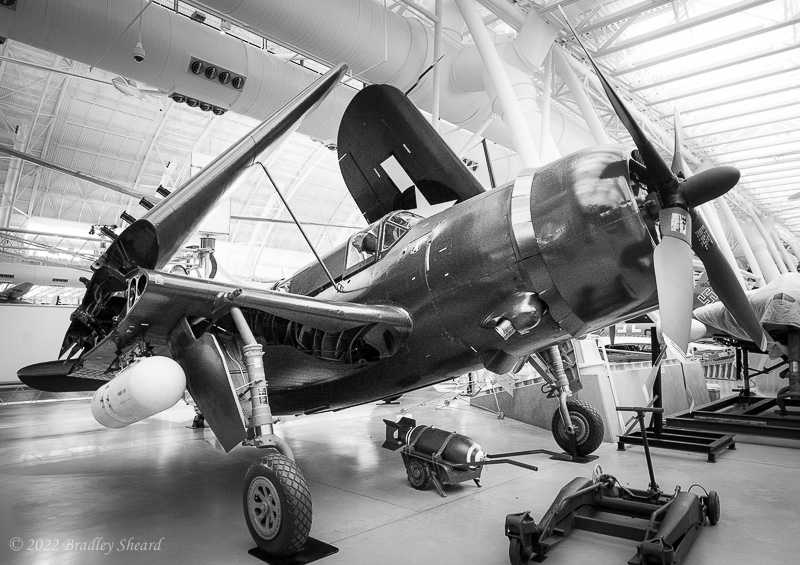Shipwrecks: The Atomic Wrecks of Bikini Atoll
|
At the close of the Second World War, the United States military had in its hands an incredibly powerful new weapon. At that time only three of the new atomic bombs had ever been detonated, and it was perhaps only natural that military leaders wanted to know just what this weapon was capable of. With the aim of determining the bomb's capabilities, and perhaps demonstrating that capability to the world, the US military conducted a series of tests at Bikini Atoll in the Marshall Islands in 1946, code-named "Operation Crossroads." On July 1, 1946, an atomic bomb was airdropped over a fleet of 88 target vessels anchored in the lagoon at Bikini-the airdrop was code-named ABLE. The fleet was made up of American, Japanese and German vessels, and included aircraft carriers, battleships, cruisers, destroyers, submarines and transports. A second detonation, code-named BAKER, was conducted on July 25 on the remaining ships with the bomb suspended 90-feet below the lagoon's surface. In all, 21 ships were sunk in the lagoon during the two tests. | |
 |  |
| Able blast: July 1, 1946 (air drop) | Baker blast: July 25, 1946 (underwater detonation) |






